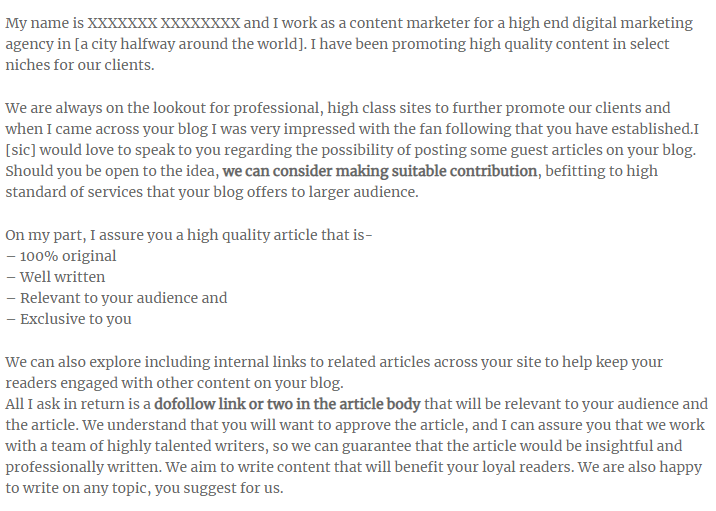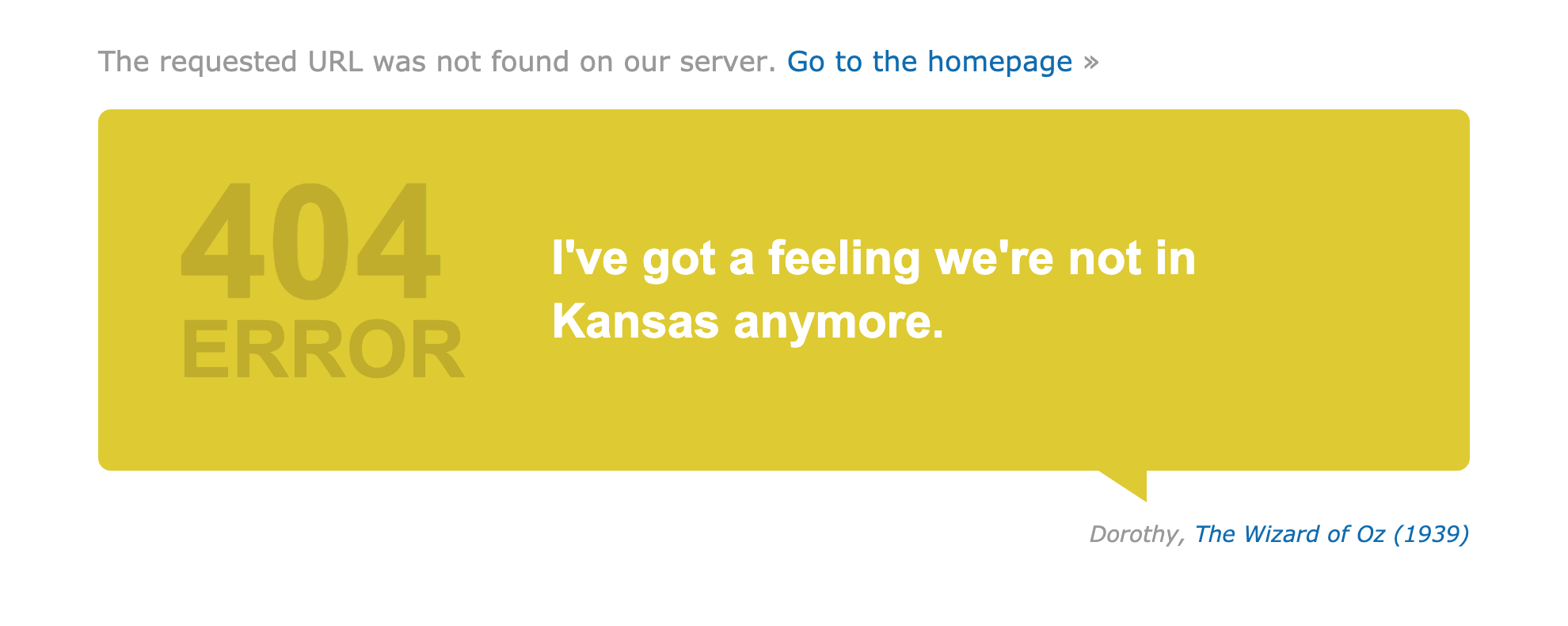MARKETING
Giving Back to Get: 5 Ideas to Build Links by Helping Others
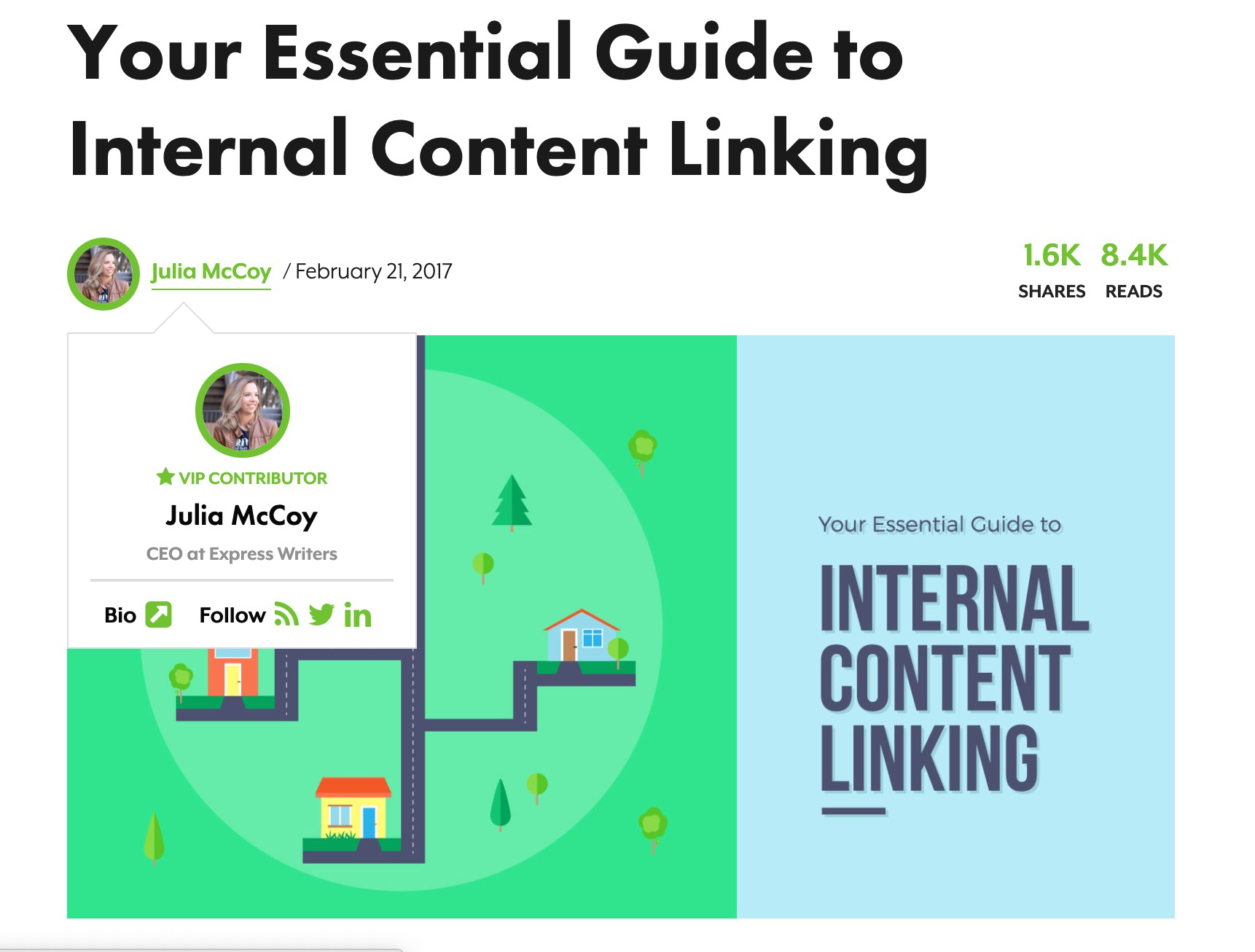
You already have a strategy in place for link building, right?
Your plan probably includes at least one of the following link building tactics:
The above tactics aren’t enough, though.
If your link building strategy feels like it’s missing something, that’s because it is missing something.
Interacting with real human beings – being a part of a community and helping others – is always good for business, and should be a part of your link building strategy.
Here are five ideas to build links by giving back.
1. Be a Guest Writer
Guest blogging is one of the most obvious ways to build links.
While it does require a little more effort than other link building tactics (You actually have to write something! Gasp!), it is an effective way to increase site traffic and boost SEO.
How It Works
It’s simple. Guest blogging – also known as guest writing or guest posting – is when you write or share your own content on other relevant websites.
As you’re writing your guest post, incorporate a link to your website into the text, if backlinking has been approved.
You should also add a link to your site in your author or contributor byline.
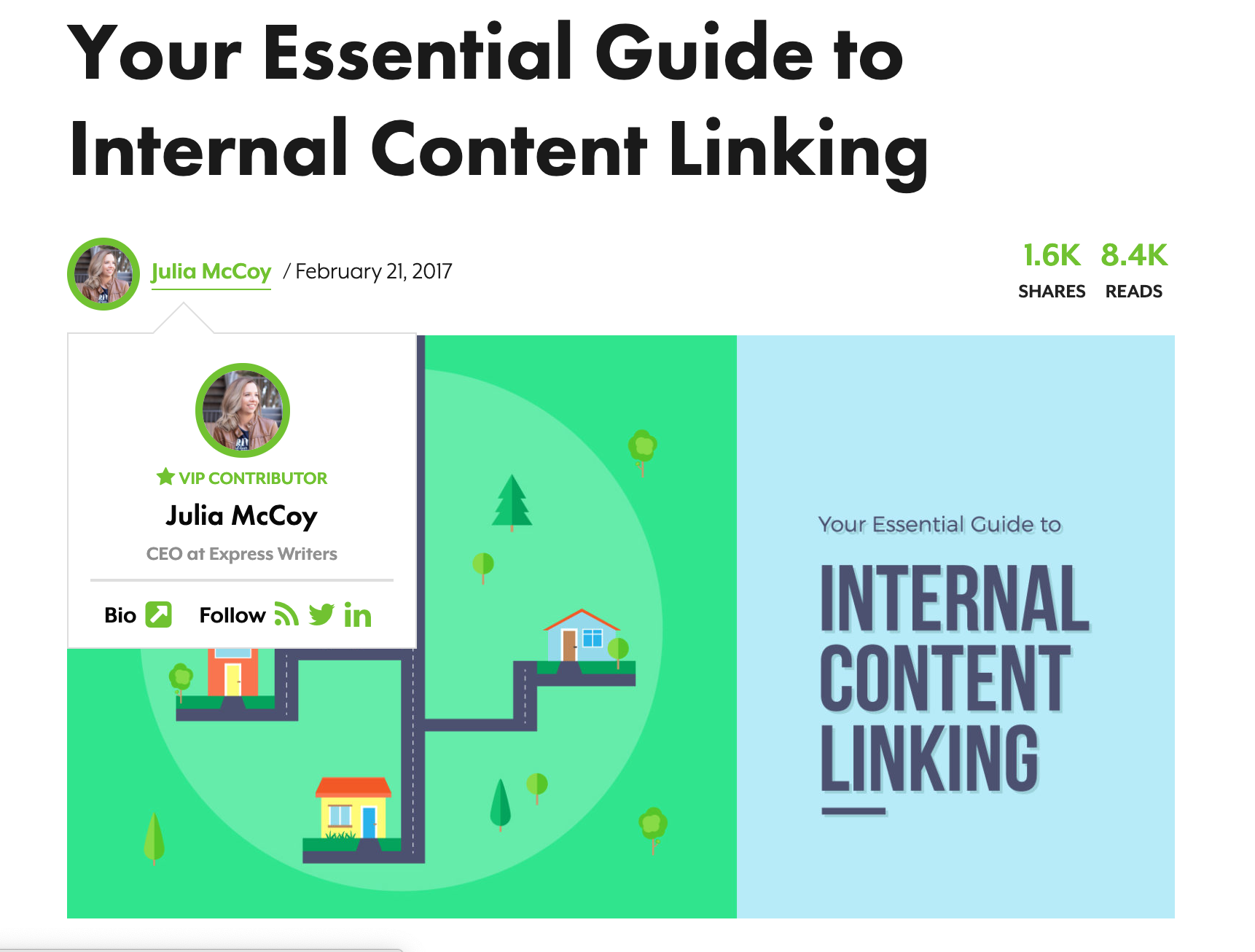
What to Watch For
Keep in mind that backlinks from websites with a low domain authority might do more harm than good.
Before you agree to guest post or before you pitch your content to another site, do a background check.
Make sure you’re writing for a trusted site by checking their domain authority on a site like Ahrefs or Alexa.
2. Get Involved in a Greater Cause
Whether you’re planting trees, volunteering at a local shelter, contributing to scholarships, or hosting an online business seminar, your involvement in the community or your contribution to an impactful cause is important to your brand’s reputation.
You may find it surprising though that it can also drive traffic to your site and increase conversions!
How It Works
Get involved with a project in your community, or even with a national or worldwide project.
Many causes will have their own website, an email list, or pamphlets or flyers listing businesses including yours who are contributing to their campaign.
Share your involvement with your customers and prospects by publishing blog posts, updating your website, sharing on social media (don’t forget to use appropriate hashtags!), and using email campaigns.
By encouraging your customers and prospects to get involved, or by raising awareness of the cause you’re working for, you’ll establish yourself as a trustworthy company that has the community’s – and the world’s – best interests at heart.
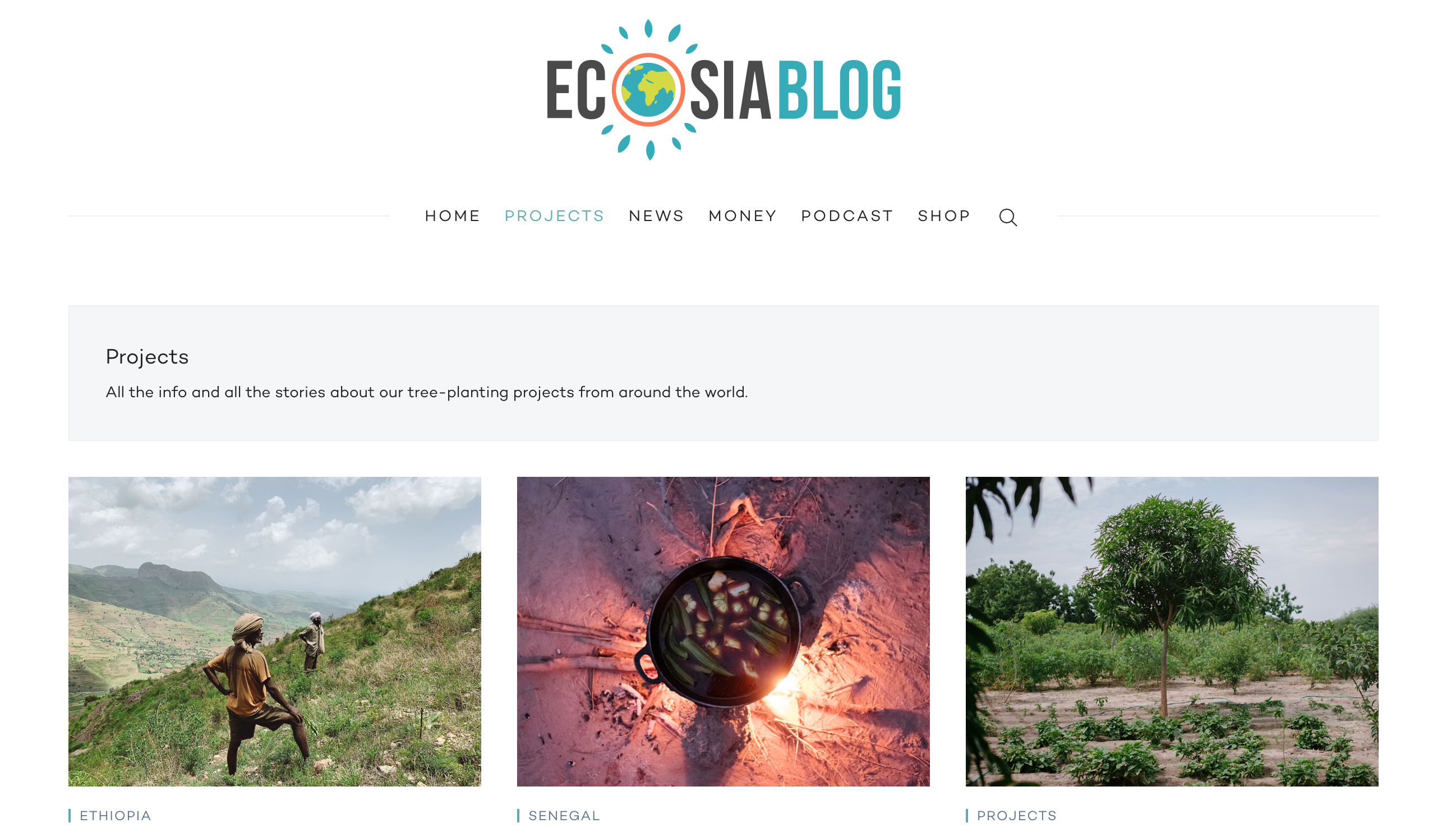
What to Watch For
Understand that you’ll need to volunteer time and resources, and possibly money, products, or services.
Always remember the real purpose of your involvement with the project you choose.
While ultimately good for business, involvement in impactful causes is more about creating connections and benefiting your community than it is about earning a backlink.
3. Offer Free Resources
Everyone loves free stuff, especially useful free stuff that they can access with one click.
By offering free online tools and resources, your business will have an excellent opportunity to earn some quality backlinks.
How It Works
Create – or hire someone on your team to create – a valuable resource such as an ebook, a printable list or cheat sheet, an email course, a stock photo gallery, or a calculator.
These freebies are often offered as opt-ins, accessible once someone signs up for your email list.
Users will often mention your free resource without being asked (if it’s useful enough to be mentioned!).
Encourage user-generated content by requesting that your audience share posts or photos of your freebie in use in exchange for a feature, often in the form of a retweet, a regram, or a shout out on Facebook.

What to Watch For
Be open to updating and tweaking the design and functionality of your resource to keep it relevant and useful.
Also, keep in mind that your audience may not be interested in sharing or promoting your tool or resource.
You’ll still need to promote your tool online using standard marketing tactics. Promoting your free resource should become a part of your overall marketing strategy.
4. Share Reviews & Testimonials
Sharing reviews and testimonials for services or products you use may be just as helpful as receiving reviews and testimonials for services or products you offer.
Newer companies, especially, are trying to build credibility and site authority, so they will be glad to feature your review or testimonial which includes a backlink on their site.
How It Works
If there’s a service or product that you use and love, write a review or testimonial.
Send the review, including your business name and a link to your site, giving the company permission to use your review on their website.
Reviews and testimonials are often linked 1-2 clicks away from a website’s homepage, so they carry a good deal of weight.
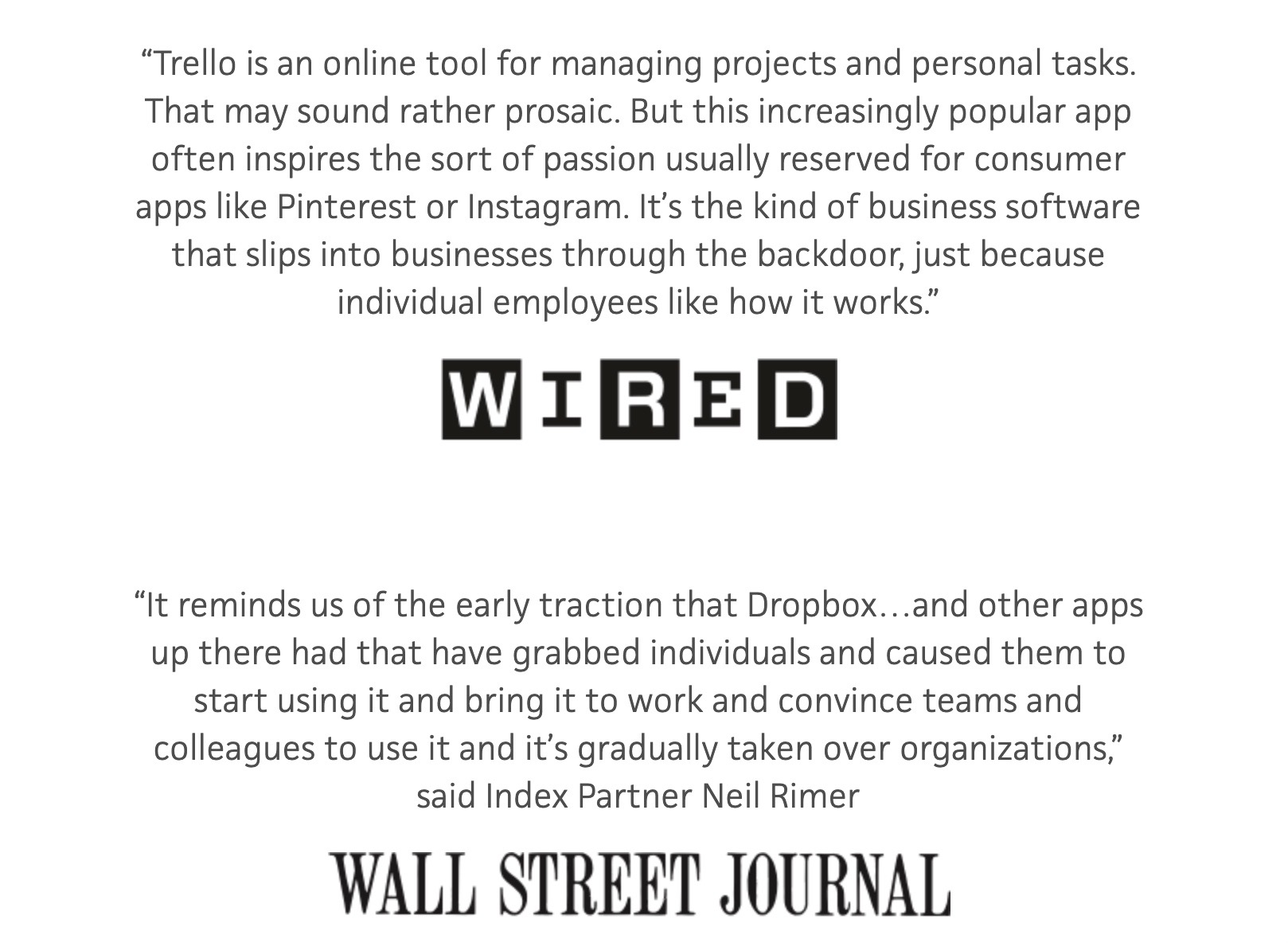
What to Watch For
Even if a company posts your testimonial on their site, you’re not guaranteed a link.
Also, remember that inbound links from websites with a low domain authority could do more harm than good.
Find the company’s website domain authority on a site like Ahrefs or Alexa.
5. Ask & Answer Questions
Participating in forums or leaving thoughtful, relevant comments on other blog posts are valid ways to improve authority and increase traffic to your site.
How It Works
Your customers are on Quora and Reddit. Join the conversation there.
Ask and answer questions and share thoughtful feedback.
These forums are great places to market your website and build relevant links.
Likewise, regularly posting comments on other blogs who are speaking to your target audience is a great way to build links and lend authority to your site.
It’s also a community-building tactic that’ll pay off in the long run.

What to Watch For
Links shared in forums and blog post comments are typically “nofollow” links.
These links are not ideal, but keep in mind that your link profile should be diverse anyway, which will include nofollowed links.
Customize Your Strategy
High-quality, trusted backlinks will boost your site’s visibility and authority and are a huge help to SEO efforts.
Link building doesn’t have to be complicated.
When you’re giving back and helping others in the process, building links can even be fun and meaningful.
Some tactics will work, and some won’t. Test different methods to determine which is best for your business.
Summary
Timeframe: Month 8, then ongoing monthly
Results detected: 4-12 months
Average links per month: 10
Tools:
- Domain authority check
- Content (guest posts, reviews, and testimonials, blog post comments, forum participation, etc.)
Benefits:
- Improve trust and site authority
- Attract diverse links
- Community-building
Image Credits
Featured Image: Julia McCoy
All screenshots taken by author, September 2019
MARKETING
YouTube Ad Specs, Sizes, and Examples [2024 Update]
![YouTube Ad Specs, Sizes, and Examples [2024 Update] YouTube Ad Specs, Sizes, and Examples](https://articles.entireweb.com/wp-content/uploads/2024/06/YouTube-Ad-Specs-Sizes-and-Examples.jpg)
Introduction
With billions of users each month, YouTube is the world’s second largest search engine and top website for video content. This makes it a great place for advertising. To succeed, advertisers need to follow the correct YouTube ad specifications. These rules help your ad reach more viewers, increasing the chance of gaining new customers and boosting brand awareness.
Types of YouTube Ads
Video Ads
- Description: These play before, during, or after a YouTube video on computers or mobile devices.
- Types:
- In-stream ads: Can be skippable or non-skippable.
- Bumper ads: Non-skippable, short ads that play before, during, or after a video.
Display Ads
- Description: These appear in different spots on YouTube and usually use text or static images.
- Note: YouTube does not support display image ads directly on its app, but these can be targeted to YouTube.com through Google Display Network (GDN).
Companion Banners
- Description: Appears to the right of the YouTube player on desktop.
- Requirement: Must be purchased alongside In-stream ads, Bumper ads, or In-feed ads.
In-feed Ads
- Description: Resemble videos with images, headlines, and text. They link to a public or unlisted YouTube video.
Outstream Ads
- Description: Mobile-only video ads that play outside of YouTube, on websites and apps within the Google video partner network.
Masthead Ads
- Description: Premium, high-visibility banner ads displayed at the top of the YouTube homepage for both desktop and mobile users.
YouTube Ad Specs by Type
Skippable In-stream Video Ads
- Placement: Before, during, or after a YouTube video.
- Resolution:
- Horizontal: 1920 x 1080px
- Vertical: 1080 x 1920px
- Square: 1080 x 1080px
- Aspect Ratio:
- Horizontal: 16:9
- Vertical: 9:16
- Square: 1:1
- Length:
- Awareness: 15-20 seconds
- Consideration: 2-3 minutes
- Action: 15-20 seconds
Non-skippable In-stream Video Ads
- Description: Must be watched completely before the main video.
- Length: 15 seconds (or 20 seconds in certain markets).
- Resolution:
- Horizontal: 1920 x 1080px
- Vertical: 1080 x 1920px
- Square: 1080 x 1080px
- Aspect Ratio:
- Horizontal: 16:9
- Vertical: 9:16
- Square: 1:1
Bumper Ads
- Length: Maximum 6 seconds.
- File Format: MP4, Quicktime, AVI, ASF, Windows Media, or MPEG.
- Resolution:
- Horizontal: 640 x 360px
- Vertical: 480 x 360px
In-feed Ads
- Description: Show alongside YouTube content, like search results or the Home feed.
- Resolution:
- Horizontal: 1920 x 1080px
- Vertical: 1080 x 1920px
- Square: 1080 x 1080px
- Aspect Ratio:
- Horizontal: 16:9
- Square: 1:1
- Length:
- Awareness: 15-20 seconds
- Consideration: 2-3 minutes
- Headline/Description:
- Headline: Up to 2 lines, 40 characters per line
- Description: Up to 2 lines, 35 characters per line
Display Ads
- Description: Static images or animated media that appear on YouTube next to video suggestions, in search results, or on the homepage.
- Image Size: 300×60 pixels.
- File Type: GIF, JPG, PNG.
- File Size: Max 150KB.
- Max Animation Length: 30 seconds.
Outstream Ads
- Description: Mobile-only video ads that appear on websites and apps within the Google video partner network, not on YouTube itself.
- Logo Specs:
- Square: 1:1 (200 x 200px).
- File Type: JPG, GIF, PNG.
- Max Size: 200KB.
Masthead Ads
- Description: High-visibility ads at the top of the YouTube homepage.
- Resolution: 1920 x 1080 or higher.
- File Type: JPG or PNG (without transparency).
Conclusion
YouTube offers a variety of ad formats to reach audiences effectively in 2024. Whether you want to build brand awareness, drive conversions, or target specific demographics, YouTube provides a dynamic platform for your advertising needs. Always follow Google’s advertising policies and the technical ad specs to ensure your ads perform their best. Ready to start using YouTube ads? Contact us today to get started!
MARKETING
Why We Are Always ‘Clicking to Buy’, According to Psychologists

Amazon pillows.
MARKETING
A deeper dive into data, personalization and Copilots
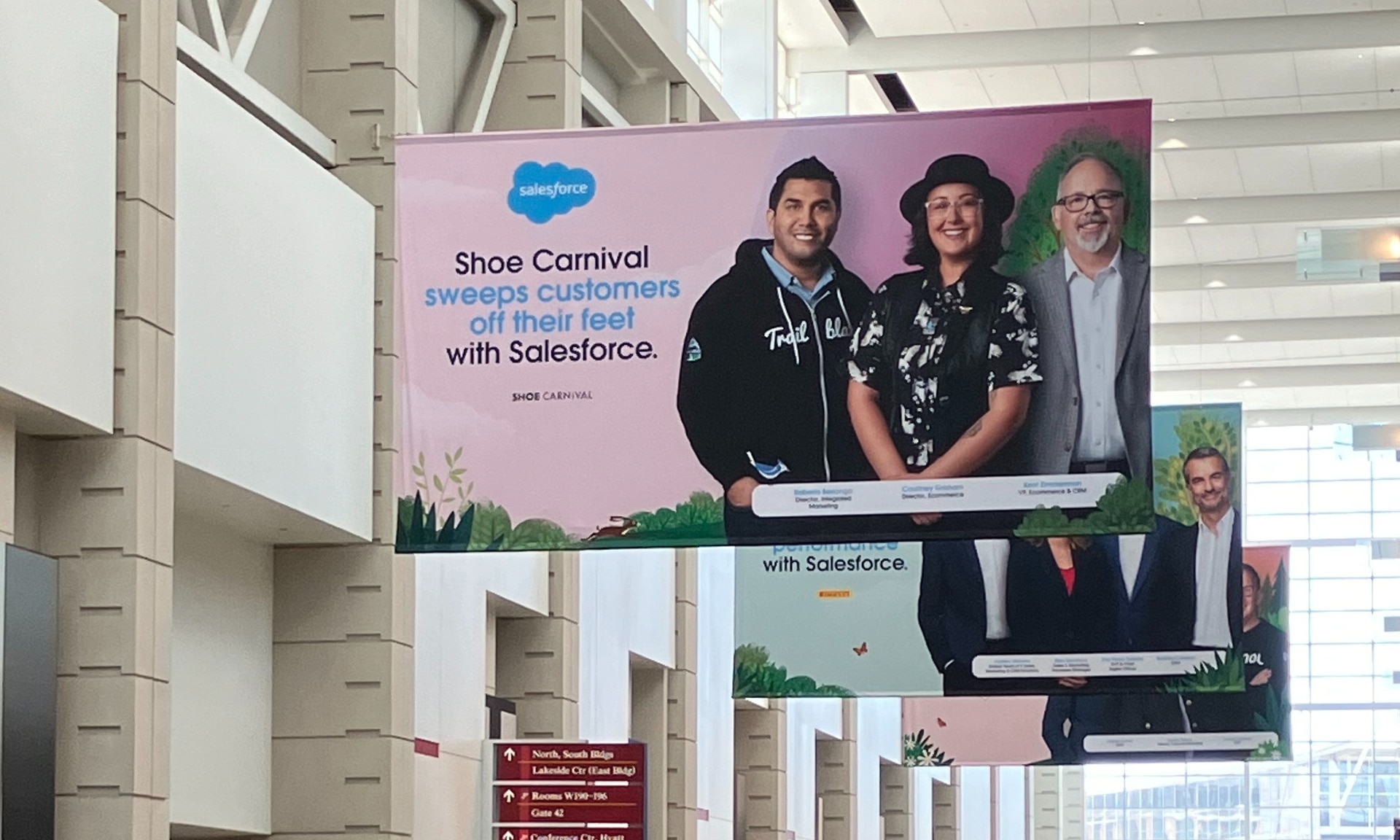
Salesforce launched a collection of new, generative AI-related products at Connections in Chicago this week. They included new Einstein Copilots for marketers and merchants and Einstein Personalization.
To better understand, not only the potential impact of the new products, but the evolving Salesforce architecture, we sat down with Bobby Jania, CMO, Marketing Cloud.
Dig deeper: Salesforce piles on the Einstein Copilots
Salesforce’s evolving architecture
It’s hard to deny that Salesforce likes coming up with new names for platforms and products (what happened to Customer 360?) and this can sometimes make the observer wonder if something is brand new, or old but with a brand new name. In particular, what exactly is Einstein 1 and how is it related to Salesforce Data Cloud?
“Data Cloud is built on the Einstein 1 platform,” Jania explained. “The Einstein 1 platform is our entire Salesforce platform and that includes products like Sales Cloud, Service Cloud — that it includes the original idea of Salesforce not just being in the cloud, but being multi-tenancy.”
Data Cloud — not an acquisition, of course — was built natively on that platform. It was the first product built on Hyperforce, Salesforce’s new cloud infrastructure architecture. “Since Data Cloud was on what we now call the Einstein 1 platform from Day One, it has always natively connected to, and been able to read anything in Sales Cloud, Service Cloud [and so on]. On top of that, we can now bring in, not only structured but unstructured data.”
That’s a significant progression from the position, several years ago, when Salesforce had stitched together a platform around various acquisitions (ExactTarget, for example) that didn’t necessarily talk to each other.
“At times, what we would do is have a kind of behind-the-scenes flow where data from one product could be moved into another product,” said Jania, “but in many of those cases the data would then be in both, whereas now the data is in Data Cloud. Tableau will run natively off Data Cloud; Commerce Cloud, Service Cloud, Marketing Cloud — they’re all going to the same operational customer profile.” They’re not copying the data from Data Cloud, Jania confirmed.
Another thing to know is tit’s possible for Salesforce customers to import their own datasets into Data Cloud. “We wanted to create a federated data model,” said Jania. “If you’re using Snowflake, for example, we more or less virtually sit on your data lake. The value we add is that we will look at all your data and help you form these operational customer profiles.”
Let’s learn more about Einstein Copilot
“Copilot means that I have an assistant with me in the tool where I need to be working that contextually knows what I am trying to do and helps me at every step of the process,” Jania said.
For marketers, this might begin with a campaign brief developed with Copilot’s assistance, the identification of an audience based on the brief, and then the development of email or other content. “What’s really cool is the idea of Einstein Studio where our customers will create actions [for Copilot] that we hadn’t even thought about.”
Here’s a key insight (back to nomenclature). We reported on Copilot for markets, Copilot for merchants, Copilot for shoppers. It turns out, however, that there is just one Copilot, Einstein Copilot, and these are use cases. “There’s just one Copilot, we just add these for a little clarity; we’re going to talk about marketing use cases, about shoppers’ use cases. These are actions for the marketing use cases we built out of the box; you can build your own.”
It’s surely going to take a little time for marketers to learn to work easily with Copilot. “There’s always time for adoption,” Jania agreed. “What is directly connected with this is, this is my ninth Connections and this one has the most hands-on training that I’ve seen since 2014 — and a lot of that is getting people using Data Cloud, using these tools rather than just being given a demo.”
What’s new about Einstein Personalization
Salesforce Einstein has been around since 2016 and many of the use cases seem to have involved personalization in various forms. What’s new?
“Einstein Personalization is a real-time decision engine and it’s going to choose next-best-action, next-best-offer. What is new is that it’s a service now that runs natively on top of Data Cloud.” A lot of real-time decision engines need their own set of data that might actually be a subset of data. “Einstein Personalization is going to look holistically at a customer and recommend a next-best-action that could be natively surfaced in Service Cloud, Sales Cloud or Marketing Cloud.”
Finally, trust
One feature of the presentations at Connections was the reassurance that, although public LLMs like ChatGPT could be selected for application to customer data, none of that data would be retained by the LLMs. Is this just a matter of written agreements? No, not just that, said Jania.
“In the Einstein Trust Layer, all of the data, when it connects to an LLM, runs through our gateway. If there was a prompt that had personally identifiable information — a credit card number, an email address — at a mimum, all that is stripped out. The LLMs do not store the output; we store the output for auditing back in Salesforce. Any output that comes back through our gateway is logged in our system; it runs through a toxicity model; and only at the end do we put PII data back into the answer. There are real pieces beyond a handshake that this data is safe.”
-

 WORDPRESS3 days ago
WORDPRESS3 days agoWordPress biz Automattic details WP Engine deal demands • The Register
-
SEARCHENGINES5 days ago
Daily Search Forum Recap: September 30, 2024
-

 SEARCHENGINES6 days ago
SEARCHENGINES6 days agoGoogle Volatility With Gains & Losses, Updated Web Spam Policies, Cache Gone & More Search News
-

 SEO7 days ago
SEO7 days ago6 Things You Can Do to Compete With Big Sites
-
SEARCHENGINES4 days ago
Daily Search Forum Recap: October 1, 2024
-

 SEO6 days ago
SEO6 days agoAn In-Depth Guide For Businesses
-

 AFFILIATE MARKETING6 days ago
AFFILIATE MARKETING6 days agoNvidia CEO Jensen Huang Praises Nuclear Energy to Power AI
-

 AFFILIATE MARKETING6 days ago
AFFILIATE MARKETING6 days agoThis Minimalist Lamp Lets You Pick From 16 Million+ Lighting Colors for Maximum Productivity







